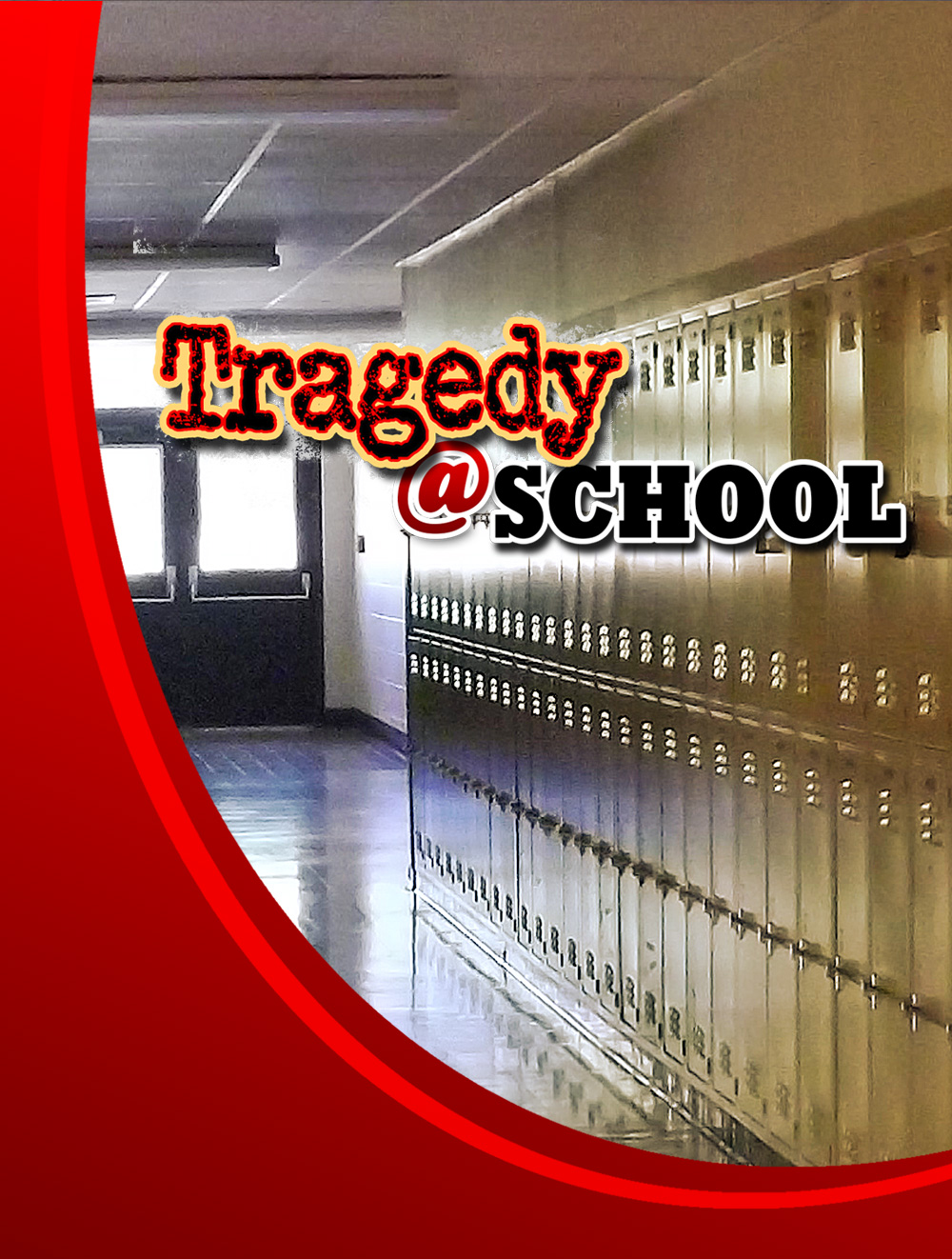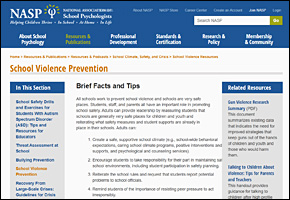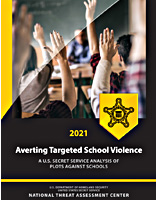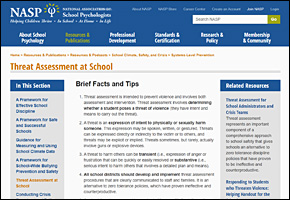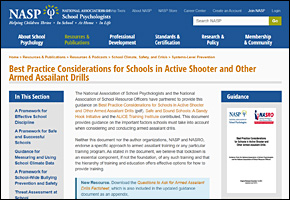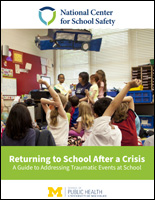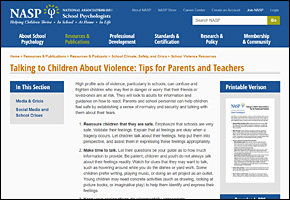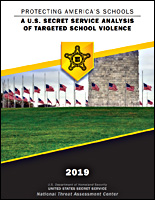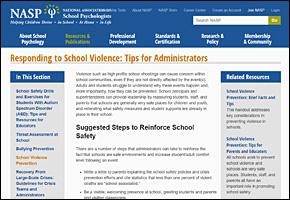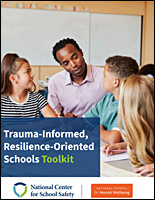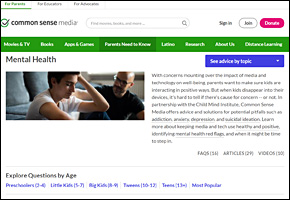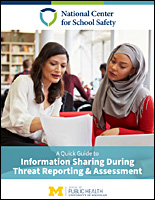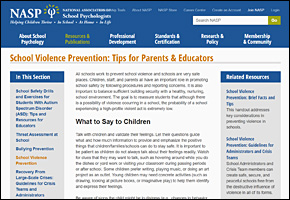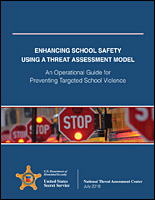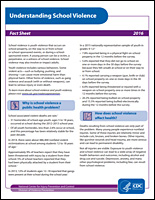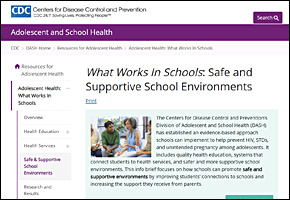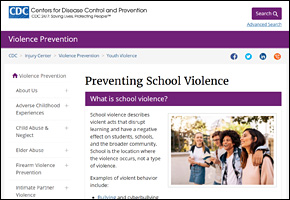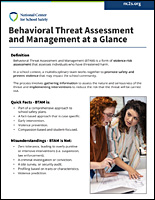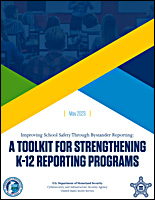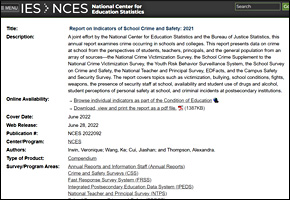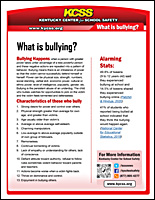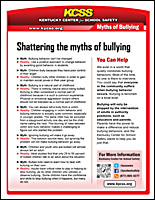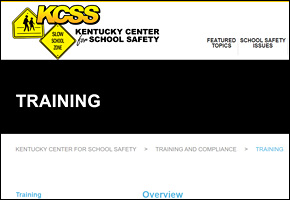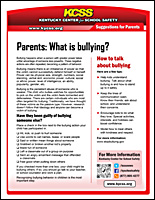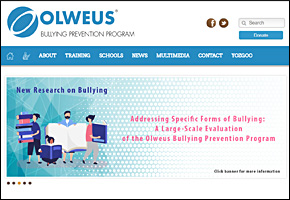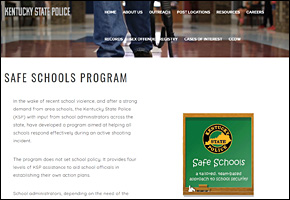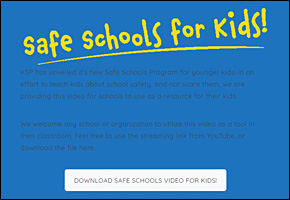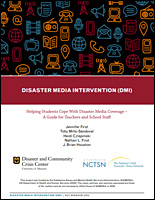 A Guide for Teachers and School Staff – This project was funded by the Substance Abuse and Mental Health Services Administration (SAMHSA), US Department of Health and Human Services (HHS). Elementary, Middle and High School Students (Ages 5-18) – The Disaster Media Intervention (DMI) is designed to help students cope with disaster media coverage.
A Guide for Teachers and School Staff – This project was funded by the Substance Abuse and Mental Health Services Administration (SAMHSA), US Department of Health and Human Services (HHS). Elementary, Middle and High School Students (Ages 5-18) – The Disaster Media Intervention (DMI) is designed to help students cope with disaster media coverage.
Disasters covered in the media include natural disasters like storms or earthquakes, or human-caused disasters such as industrial accidents, terrorist attacks, or mass shootings. DMI equips teachers, counselors, social workers, administrators, and other school staff to facilitate conversations with students about these media-covered disasters, whether they occur locally or far away. Ultimately, DMI is designed to reduce distress caused by disaster media coverage by fostering healthy coping and adaptive functioning in students.
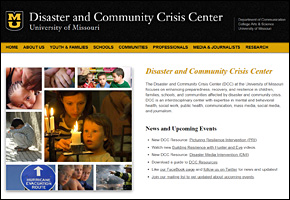 Note: For school communities directly affected by a disaster, they have compiled a list of supportive resources at the end of this manual. CONSULTATION OR QUESTIONS For further questions or consultation about DMI, please contact the Disaster and Community Crisis Center (DCC) at www.dcc.missouri.edu. (Disaster and Community Crisis Center at the University of Missouri)
Note: For school communities directly affected by a disaster, they have compiled a list of supportive resources at the end of this manual. CONSULTATION OR QUESTIONS For further questions or consultation about DMI, please contact the Disaster and Community Crisis Center (DCC) at www.dcc.missouri.edu. (Disaster and Community Crisis Center at the University of Missouri)
Download
